Yes, the Yamuna river is clean now. But, for how long?
Unless the river has abundant flow in it to retain its self-cleansing ability and industries are strictly mandated to become zero-liquid discharge, such fleeting improvement in the health of the river is, at best, a mirage too good to last


The woeful state of the Yamuna river in Delhi has been an intractable sore point and almost a national shame. It has defied all pundits and healers at least since 1994 when the much-trumpeted Yamuna Action Plan (YAP) was put in place. Modeled on the Ganga Action Plan (GAP) and funded by a Japanese aid agency, it is now in its third stage, and, yet, the river’s health is nowhere close to redemption.
So, most were wonderstruck when one fine morning, twelve days into a complete citywide lockdown, few videos and pictures emerged showing an almost blue and clear Yamuna river. The lockdown, which required staying at home and meant the cessation of all economic activities, had been necessitated by the havoc being played across the globe by an invisible ‘lifeless’ virus named coronavirus. Has the proteinous ball with spikes managed to achieve what decades of efforts and crore of funds couldn’t?
But let’s stop celebrating and understand the chronology, first.
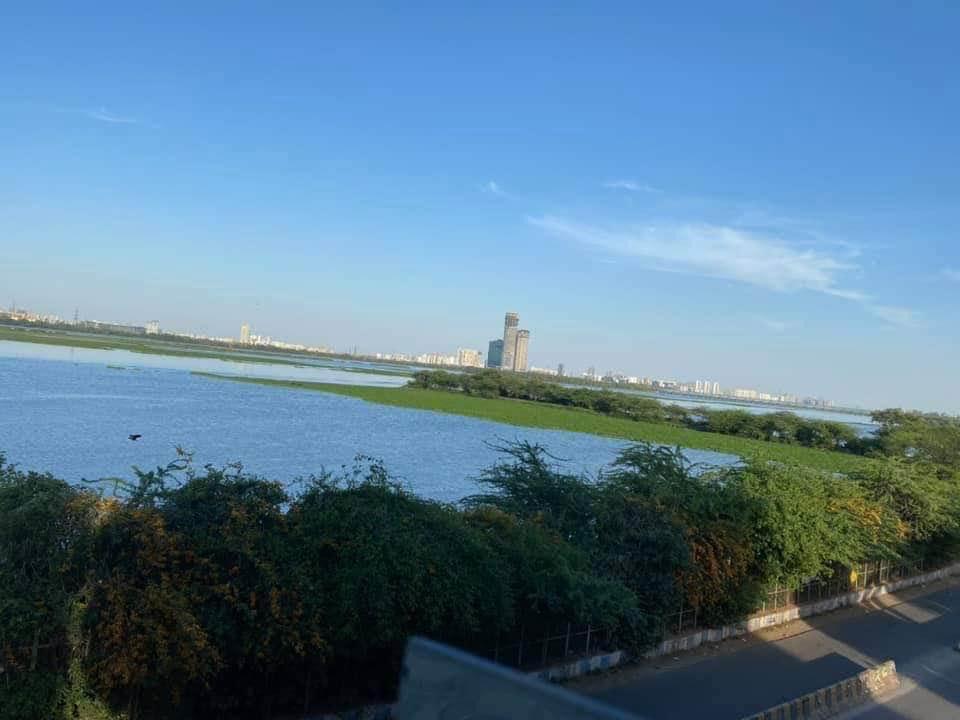
The Water Act of 1974
The story begins in 1974 when, for the first time ever, an Act was promulgated in the country, which was not related to the forest or wildlife. The Water (Prevention and Control of Pollution) Act, 1974 gave birth to central and state pollution control boards. Among other things, it specifically prohibited any person or agency from using a stream for disposal of polluting matter and provided, on the violation, a punishment with imprisonment for a term which shall not be less than one year and six months, but which may extend to six years, along with a fine.
Anecdotal reports suggest that when pollution control boards began to implement, with gusto, these provisions of the Water Act, political and related interference turned these pollution control boards into toothless tigers. How could industries be faulted in a developing economy?
Today, it is rare to find any violator getting effectively punished beyond, say, a notice of closure from the pollution control board, which soon gets rescinded. Resultantly, it is with almost impunity that both, the state, and private interests continue to pollute our water bodies with little respect for the law of the land.
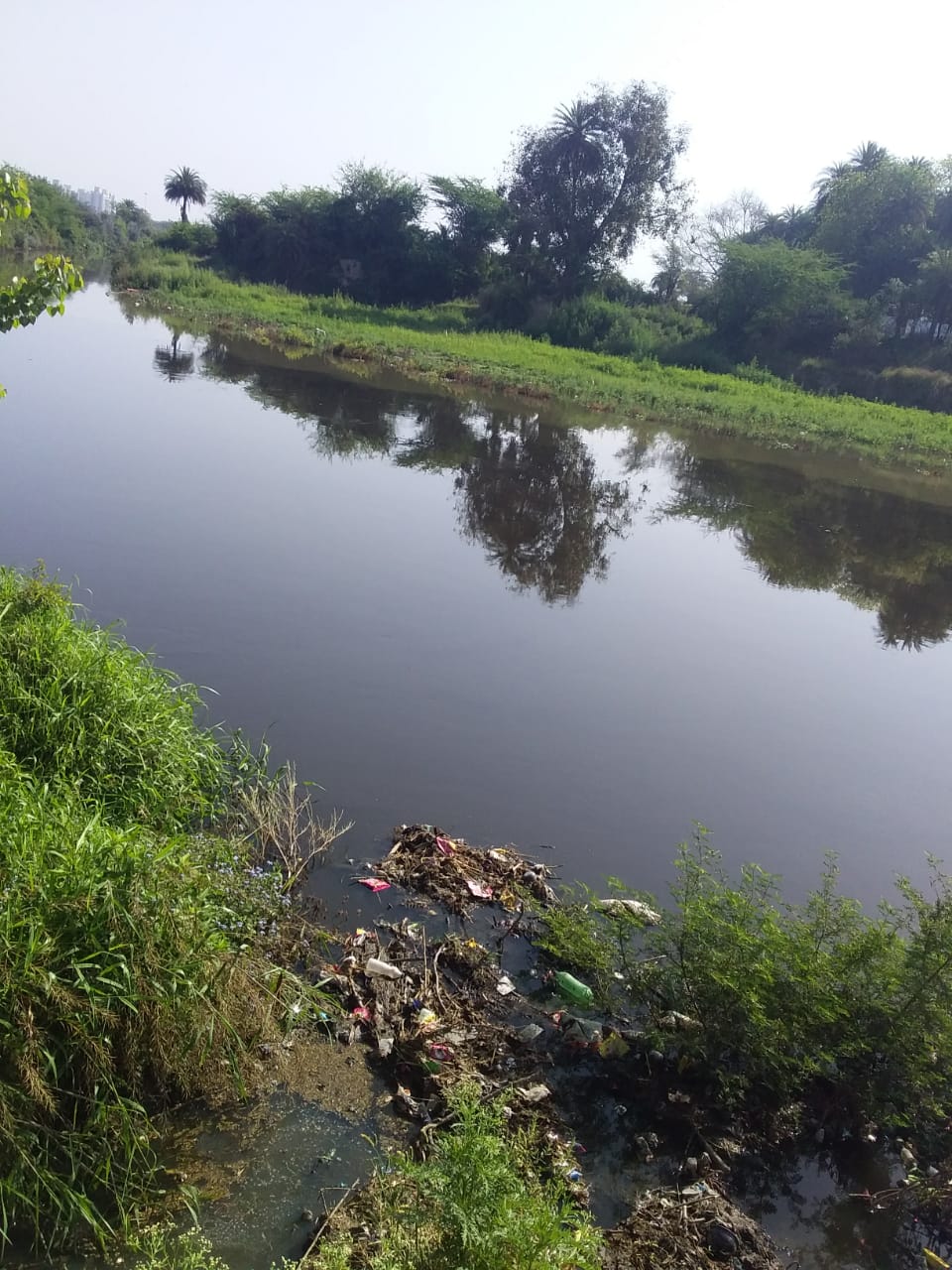
The Ganga and Yamuna Action Plans (GAP and YAP)
It was in April 1985 that the Cabinet approved the Ganga Action Plan (GAP) at an initial cost of Rs 350 crore. It was formally launched on June 14, 1986, by the then Prime Minister Rajiv Gandhi in Varanasi.
Interestingly, the core sector activities under the GAP consisted of the interception and diversion of domestic wastewater, including the construction and rehabilitation of sewers and pump houses. The identification and management of industrial pollution were relegated to non-core sector schemes, clubbed with research and monitoring.
According to a CAG (Comptroller & Auditor General) 2000 report, the GAP, launched in 1985, with the objective of bringing water quality of the Ganga river and its tributaries to bathing levels, was not able to achieve its objectives, despite a total expenditure of Rs 901.71 crore over a period of 15 years.
The Yamuna Action Plan (YAP) Phase I began in April 1993 as an externally (Japan) aided project. Implemented like the GAP as primarily a sewage pollution abatement effort in 21 cities in Haryana, Uttar Pradesh and the National Capital Region of Delhi, it claims to have created a total sewage treatment capacity of 753 mld (million litres per day) at a total cost of Rs 682 crore. Subsequently, in Phase 2, it claims another Rs 624-crore project has been developed to create an additional sewage treatment capacity of 189 mld. Currently, Phase 3 of the YAP is underway in Delhi, having a total budget outlay of Rs 1,656 crore.

The state of the Yamuna river in Delhi
To say that the Yamuna river in Delhi is in a bad state would be an understatement. Everybody — citizens, citizen groups, government agencies, institutions, judiciary and the media — is concerned and wishes things for the river to change for the better.
The story of the YAP is no different from the GAP. This is easily ascertainable by simply visiting the stinking riverbank in the city anywhere over the 22-km stretch from Wazirabad barrage to the Okhla barrage.
While the state has many reasons and excuses for the present condition of the Yamuna river pertaining to why has the river, which traverses through the city of Delhi, has got polluted beyond these unacceptable levels? A fact which is well-documented and often lamented is that it has, long back, surpassed its natural rejuvenation ability. The Delhi Jal Board (DJB), set up in 1998 by an Act of the Delhi Legislature, with an objective, among other things, to provide for the treatment and disposal facilities for waste water in the city, often gets the flak for river’s high pollution levels.
This is when the sewage treatment infrastructure in the city has grown from a mere 12 MGD (millions of gallons per day) in 1941 to the current 607 MGD, against a recorded sewage production of some 720 MGD. It may be noted that Delhi has the highest sewage treatment capacity as compared to any other city in the country.
Additionally, 28 industrial areas in the city produce some 220 MLD (million litres per day) effluents. Effluents from 17 of these industrial estates reportedly get treated at 13 Common Effluent Treatment Plants CETPs). The rest of the 11 industrial areas and a large number of unauthorised and illegal industrial units drain their effluents directly into the nearest sewer or open-drain to ultimately reach the river.
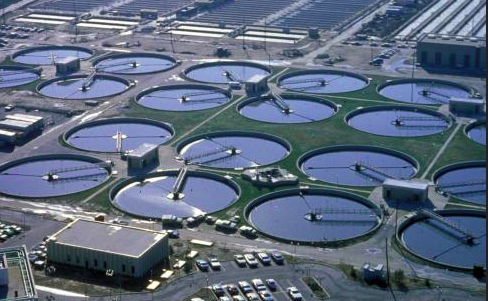
Coronavirus and the lockdown
It is against above facts that the environmental results of the lockdown in the country effective March 23, 2020 and caused by the coronavirus pandemic are to be seen.
With strict control over the movement of people and cessation of all economic and commercial activities, including industrial operations, there is a sharp improvement seen in the ambient environmental conditions. The Air Quality Index (AQI) has plummeted to unbelievable levels, birds seem everywhere and skies are blue and inviting as not seen for decades. While there are disturbing trends on the coronavirus infection front, the environmental improvement resulting from the lockdown due to it is unmistakable.
So, when, on April 4, 2020, a video and few pictures of clear, blue and odorless Yamuna river from different parts of Delhi emerged on social media, initial sense of incredulity soon gave way to happiness with confirmation of the changed ground situation of the river in the city.
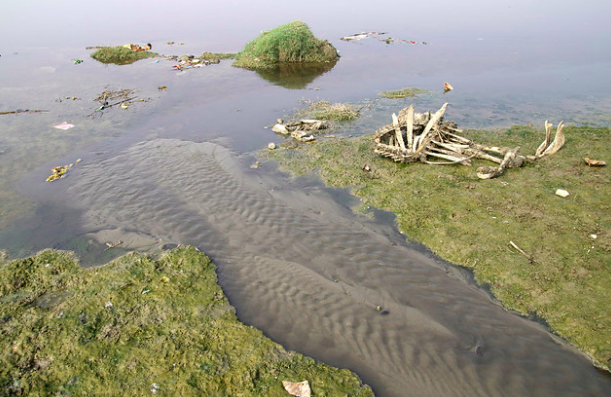
The role of industrial pollution and the improved flow
During the lockdown, the major relief has been that the river is no longer receiving any industrial pollutants. This effectively means that the industry- produced inorganic/chemical content in the river is at its lowest. However, sewage from households is still finding its way into the river, like it always has.
So, for all these years, were we not effectively addressing the problem? Were we focusing all our attention on treating sewage and ignoring or downplaying industrial pollution – the main culprit?
It is also reported that thanks to the frequent western disturbances during March, the amount of water flowing in the Yamuna river had considerably improved. The sources have informed that around 17,000 cusec (cubic feet per second) water was released downstream the barrage at Wazirabad on March 17, 2020, and another 8,000 cusec on April 1, 2020. This year, during the month of March, the releases thanks to the abundant rains because of the number of western disturbances, has been extraordinary.
Clearly, a fortuitous combination of zero industrial effluents and substantial water release into the river have created the magic that have called for a rare celebration.
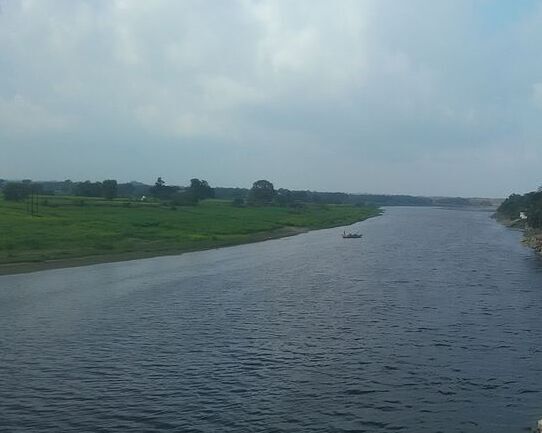
Is the Yamuna river in Delhi out of the woods?
Not really? Visually, of course, the river might have become tempting, but thanks to sewage still into it, there would be high to very high levels of Coliform in it and biochemical oxygen demand (BOD) would be way above the norms. Lest we forget that even our household liquid waste today carries loads of chemicals in the form of oils, grease, detergents, cosmetics and pest control poisons.
So, unless the river has abundant flow in it to retain its self-cleansing ability and industries are strictly mandated to become zero-liquid discharge (ZLD), such fleeting improvement in the river’s health is, at best, a mirage too good to last!
Manoj Misra is a former forest officer and the convener of the ‘Yamuna Jiye Abhiyaan’ (Living Yamuna Campaign), a civil society consortium.
(Views are personal)

